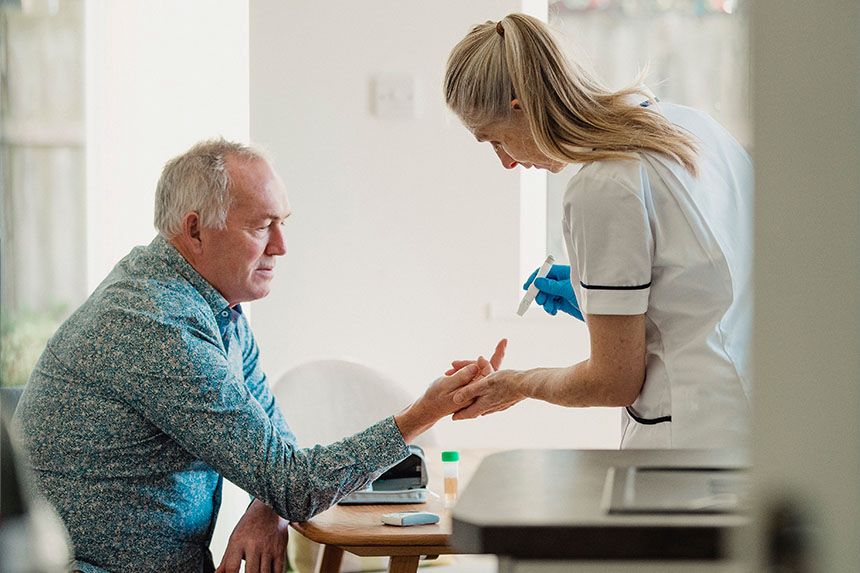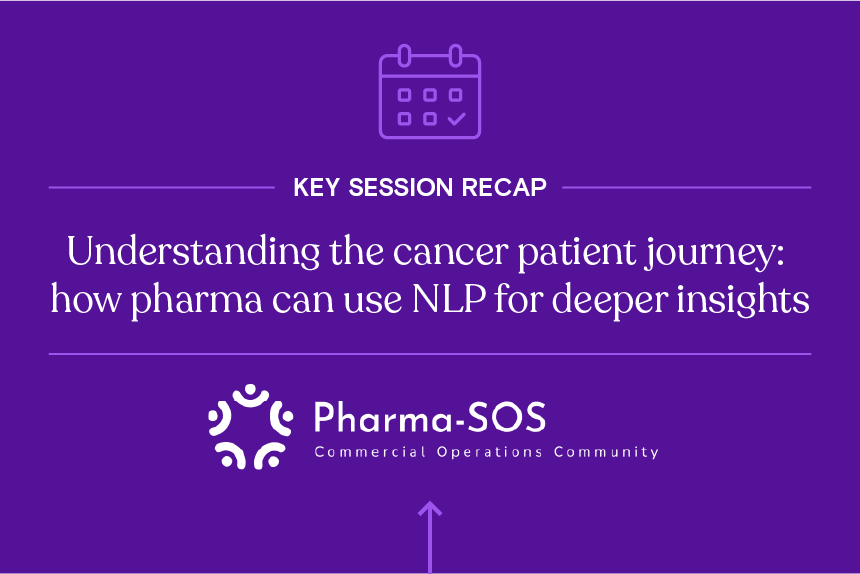Since Watson and Crick discovered the double-helix nature of DNA in the 1950s, our understanding of genomics has rapidly progressed, particularly in the last two decades. In less than a century after that, we mapped out the entire human genome. The Human Genome Project, which took 13 years to sequence and map out all the genes of humans helped push our understanding of genomics even further.
Now, science has advanced so far that genomic testing can take days instead of years and cost hundreds instead of millions of dollars. With these genomic advancements, it’s clear the dawn of the era of precision medicine is upon us.
In our recent webinar, “Big Data Around Diagnostics,” Tamoor Sial, Genomics Consultant, and our Life Sciences Sales Directors Mike Sigmon and Matt Martocci examined how the field of genomics is reshaping the diagnostic and healthcare space to deliver more precise care.
Here are three big takeaways:
Precision medicine cannot exist without more precise diagnostics
When something is wrong with your car, you take it to a mechanic. They do a visual inspection to make sure everything is working. However, to pinpoint the exact problem, they can plug in a sensor to the car’s computer that tells the mechanic precisely what’s causing the issue.
In healthcare, we’re still primarily relying on visual inspection to diagnose the problem in patients. Genomics can be the sensor that helps us pinpoint the underlying healthcare issue.
With genomics, you can identify the root cause of a disease. Once you do that, you can develop more precise treatments and make more informed care decisions that ultimately lead to better faster outcomes.
Additionally, you could potentially bring to light underrepresented causes of certain health conditions or aid those with rare diseases through precise diagnostics that look at a patient’s genes.
Genes impact our overall health and can explain why treatments work for some people and not for others. Failure to leverage genetic diagnostic testing can leave out a large piece of the healthcare puzzle.
The only way to deliver on the promise of precision medicine is to start with precise diagnostic testing.
Targeted genetic testing is increasing in popularity over exome testing
According to our claims data, we found a decrease in exome lab procedures over the last few years, while targeted panels rose dramatically.
Fig. 1: Two graphs showing the difference in exome testing and targeted testing by procedure volume and lab charges. Analysis of data from Definitive Healthcare’s ClaimsMx. Data accessed September 2021.
Exome sequencing looks at the protein-coding regions of a patient’s genes. Exomes compose less than 2% of the whole genome, but exome sequencing casts a fairly broad net in terms of genetic testing.
With exome procedures, providers typically cast a wide net because they don’t know what they’re looking for.
Exome tests and whole-genome tests are helping to contribute to the vast amount of genomic data being generated but are not always the most helpful for a treating provider. Exome testing results can reveal variants of uncertain significance, or VUS, where the variants impact on a person’s health is unknown and currently not useful to providers in guiding treatment options.
Targeted panels, meanwhile, are exactly what they sound like. They tend to look for specific genetic markers that we know indicate certain risks or causes for diseases. An example of a targeted panel is the BRCA genetic tests that look for mutations that correlate to an increased breast cancer risk.
Thanks to advancements in genomic research, providers can now order more specific panels for genes associated with specific health conditions to guide diagnostics and treatments. Because targeted panels are looking at a smaller subsection of genes, they tend to be cheaper and more accessible for patients, driving up their popularity.
Targeted panels can also be used with pharmacogenomics, which looks at the drug-to-gene interaction, to help prescribe the most effective medicine to patients.
Diagnostic testing should be proactive versus reactive
Whether you get a diagnostic test as a newborn or in your 60s, your genetics aren’t going to change. Unlike other diagnostic tests which capture information at a specific point in time, genetic tests capture data that can be used for the rest of your life.
Currently, we tend only to do genetic testing when there is a suspected problem or a recommendation for testing based on family history. It’s reactive versus proactive.
If we were more proactive with genetic testing, providers could leverage genetic data in day-to-day care decisions. As our understanding of genetics advances and we learn more about VUS, physicians will readily have the data to make treatment changes and deliver more precise care at their fingertips.
Costs for genetic testing continue to drop thanks to advancements in technology, making proactive genetic testing more accessible. Additionally, as insurers see the value in how precision medicine can lower the overall cost of care, reimbursement for genetic testing will become more common.
This is the way the diagnostic space is heading. The popularity of direct-to-consumer genetic testing brands like 23andMe shows there is already a market ready to discover insights on their health proactively.
Learn more
Want to learn more about trends with precision medicine and genetic testing?
Check out the replay of our “Big Data Around Diagnostics” webinar to get more insights on the current trends in genomics and precision medicine and how they’re transforming the healthcare ecosystem.
Listen to our podcast ”Episode 5: Genetic testing is having a moment, with Kamal Gogineni and Dr. Rakesh Patel from Invitae” to hear more about the massive growth in genetic testing and what to do with all the data that it generates.





